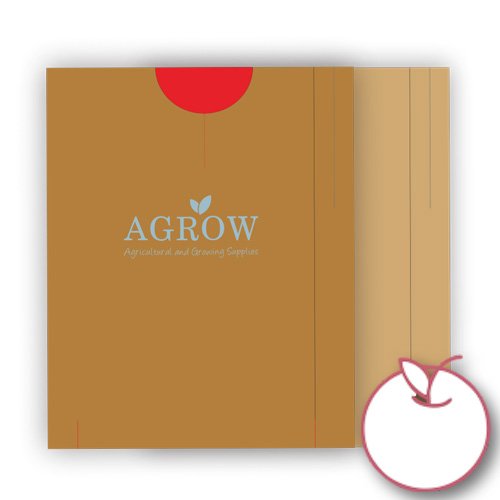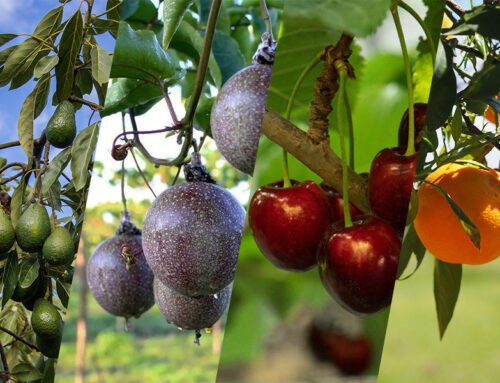December 2024 Fruit Industry Trends and Highlights – Mid
California Expands Citrus Greening Quarantine in Orange County
The United States Department of Agriculture’s Animal and Plant Health Inspection Service (APHIS), in partnership with the California Department of Food and Agriculture (CDFA), has expanded the quarantine areas for citrus greening (Huanglongbing, HLB) in California. This expansion, effective immediately, covers about 85 square miles in the Mission Viejo area of Orange County. The decision follows the detection of citrus greening in plant tissue samples from residential properties in Los Angeles County. The expansion impacts approximately 0.4 acres of commercial citrus. APHIS has also implemented measures to restrict the movement of regulated articles from the quarantined areas, in line with an intrastate quarantine established by CDFA on November 27, 2024.
Economic Impact of Mexican Avocado Imports on U.S. and Mexico
Mexican avocado imports have become a significant economic driver for both the U.S. and Mexico, with a continued upward trend in trade. In the last fiscal year (July 2023 – June 2024 growing season), $3.52 billion of U.S. imports of Mexican Hass avocados contributed the following to the U.S. economy:
$7.5 billion in U.S. economic output
$4.2 billion in U.S. GDP
$2.5 billion in U.S. labor income, supporting over 42,000 jobs
$1.1 billion in U.S. taxes
In Mexico, the avocado industry generated $6 billion in economic output, benefiting approximately 35,000 small family farms and 90+ packing houses. The region of Michoacán, in particular, saw a boost in GDP and job creation due to avocado cultivation.
The U.S. demand for Mexican avocados has surged, with a 120% increase in imports over the past decade, leading to greater market opportunities. States like California and Texas have seen a concentrated impact, with these states accounting for 20% of the total U.S. economic output.
American Table Grape Market Recovers
In 2024, U.S. table grape production is projected to increase by nearly 200,000 tons, reaching 845,000 tons, fully recovering from the damage caused by Hurricane Hilary. This boost in domestic supply is expected to drive a 35% increase in exports to 245,000 tons, while imports will decline by over 30,000 tons to 760,000 tons. Despite this reduction in imports, the U.S. will remain the largest importer of table grapes.
In Peru, production is expected to rise by 15,000 tons to 790,000 tons, as northern regions recover from the effects of El Niño. This increase will boost exports by nearly 20% to 620,000 tons, approaching record levels from 2022/23. Chile’s production is also forecast to grow significantly, up 45,000 tons to 728,000 tons, driven by favorable weather conditions. Chilean exports are expected to increase by the same margin, reaching 570,000 tons.
Peru Became the Third Largest Exporter of Brazil Nuts in the World
In 2023, Peru became the third-largest exporter of Brazil nuts, with shipments totaling $30 million, representing 12.4% of global exports. Despite a 17.8% drop in demand, Peru ranked behind Bolivia (47.5% share) and Germany (14.8%).
The global Brazil nut market shrank by 28.8% in 2023, valued at $229 million. Germany was the largest importer, followed by the U.S. and U.K.
Between 2019 and 2023, shipments declined by an average of 3.2% due to excess stock and changing consumption trends. However, Peru’s Brazil nut exports increased by 29% in 2024, surpassing the previous year’s total. Exports reached 46 countries, with South Korea leading. New markets, including China, are expected to boost growth.
South African Stone Fruit Returns to the Indian Market
The first South African peaches, nectarines, and plums of the season are now available in India. These fruits, known for their natural sweetness and flavor, are expected to delight Indian consumers. This launch is part of an effort to strengthen the bond between South African growers and Indian markets. Sachin Khurana, representative of South African Stone Fruits in India, shared excitement about bringing the fruits back this season, along with consumer engagement activities like in-store promotions and recipe-sharing campaigns. Despite challenges last season, early reports suggest a higher volume of produce this year.
Sun World Expands Global Network
Sun World has expanded its global partner program in 2024 by appointing marketers from nine countries, bringing its network to over 2,700 licensed growers, 180 marketers, and 35 North American importers. This expansion supports Sun World’s goal of delivering proprietary table grape and stone fruit varieties to consumers worldwide. The company has maintained a global presence for over 25 years, with offices in the U.S., Europe, Australia, South America, Israel, and South Africa. By partnering with licensees in more than 16 countries, Sun World emphasizes quality control, sustainability, and developing resilient crop varieties. Newly appointed importers include Grapery, known for its premium, high-flavor grapes, and FPD East Inc., specializing in fresh fruit imports across North America.
Argentina’s Blueberry Season: Overcoming Challenges and Ending on a High Note
The Argentine blueberry season started with uncertainty but ended on a positive note. Jorge Pazos, President of the Chamber of Blueberry Exporters of Argentina (ABC), shared that production peaked in weeks 41 and 43, with a total yield of 6,000 tons. Despite a slow start in August, the year was favorable for production and health. While Argentina saw some volume loss, the market interest, particularly in the U.S., revived due to Peru’s lower output last year.
Exports primarily went to the U.S., Europe, Asia, Israel, and Brazil. Nearly 80% of producers are organic-certified, though much organic fruit is sold as conventional due to peak production outpacing consumer demand. Pazos also highlighted the need for varietal replacement and expressed optimism about Argentina’s ability to modernize its orchards and strengthen its global presence.

















